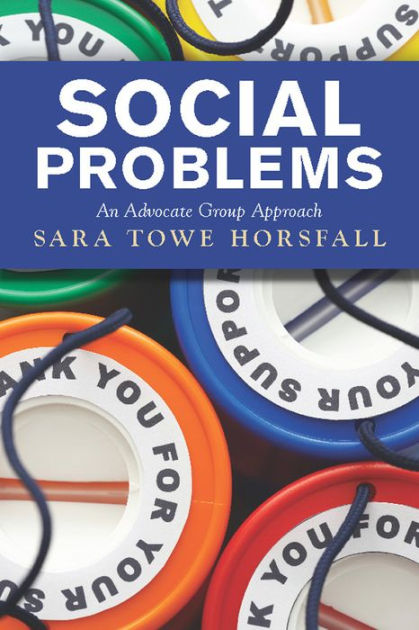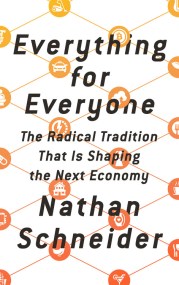Promotion
Use code MOM24 for 20% off site wide + free shipping over $45
Social Problems
An Advocate Group Approach
Contributors
Formats and Prices
Price
$25.99Format
Format:
- ebook $25.99
- Trade Paperback $40.00
This item is a preorder. Your payment method will be charged immediately, and the product is expected to ship on or around March 6, 2012. This date is subject to change due to shipping delays beyond our control.
Also available from:
This book represents a truly innovative and empowering approach to social problems. Instead of focusing solely on a seemingly tireless list of major problems, Sara Towe Horsfall considers how select key issues can be solved and pays particular attention to the advocate groups already on the front lines. Horsfall first provides a robust theoretical foundation to the study of social problems before moving on to the problems themselves, examining each through the lens of specific advocate groups working towards solutions. This concise and accessible text also incorporates useful learning tools including study questions to help reinforce reading comprehension, questions for further thought to encourage critical thinking and classroom discussion, a glossary of key terms, and a worksheet for researching advocate groups. Social Problems: An Advocate Group Approach is an essential resource for social problems courses and for anyone who is inspired to effect change.
Genre:
- On Sale
- Mar 6, 2012
- Page Count
- 384 pages
- Publisher
- Avalon Publishing
- ISBN-13
- 9780813345086
Newsletter Signup
By clicking ‘Sign Up,’ I acknowledge that I have read and agree to Hachette Book Group’s Privacy Policy and Terms of Use







